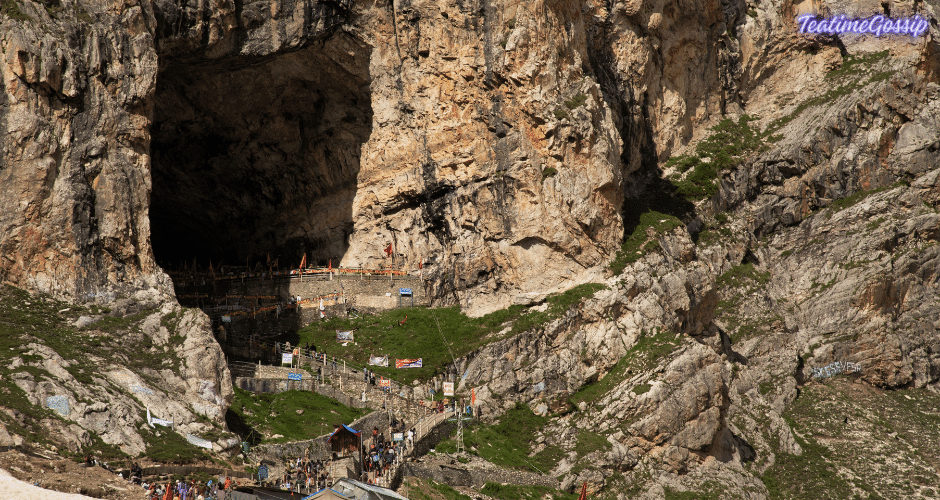Embarking on a Spiritual Odyssey: Exploring the Sacred Amarnath Yatra

Nestled amidst the breathtaking beauty of the Himalayas, the Amarnath Cave stands as a testament to the enduring allure of spirituality and faith. Every year, thousands of devout pilgrims undertake the arduous journey known as the Amarnath Yatra, a pilgrimage revered in Hindu mythology for its profound spiritual significance. This sacred odyssey, marked by devotion, determination, and awe-inspiring landscapes, offers a transformative experience that transcends the realms of the physical world.
Historical and Mythological Roots:
The origins of the Amarnath Yatra trace back to ancient Hindu mythology, where the Amarnath Cave is believed to be the abode of Lord Shiva, the Hindu deity of destruction and regeneration. Legend has it that Lord Shiva revealed the secret of immortality to his consort, Goddess Parvati, within the confines of this mystical cavern. Thus, the cave holds profound spiritual significance for devotees who embark on the pilgrimage in search of divine blessings and enlightenment.

The Journey of Devotion:
The Amarnath Yatra is not merely a physical journey; it is a spiritual quest that tests the limits of one’s endurance and devotion. The pilgrimage typically begins from the base camps situated at Pahalgam or Baltal, from where pilgrims embark on a challenging trek through rugged terrain, steep mountains, and icy pathways. The journey, often undertaken on foot or by ponies and palanquins, demands unwavering determination and resilience.
Cultural Tapestry and Communal Harmony:
One of the most striking aspects of the Amarnath Yatra is the amalgamation of diverse cultures, languages, and traditions that converge along the pilgrimage route. Pilgrims from different corners of India, and sometimes from abroad, come together in a spirit of camaraderie and mutual respect, transcending barriers of caste, creed, and social status. The yatra serves as a testament to India’s rich cultural tapestry and its ethos of unity in diversity.
Logistical Challenges and Organizational Efforts:
Organizing the Amarnath Yatra is a Herculean task that requires meticulous planning, infrastructure development, and logistical arrangements. Authorities work tirelessly to ensure the safety, comfort, and well-being of pilgrims, providing amenities such as medical facilities, accommodation, and transportation along the pilgrimage route. Security measures are also implemented to safeguard pilgrims from potential threats, ensuring a smooth and secure journey.

Spiritual Fulfillment and Divine Encounters:
For many devotees, the pinnacle of the Amarnath Yatra is the darshan (sight) of the holy ice lingam, a natural formation resembling the phallic symbol of Lord Shiva, which manifests inside the Amarnath Cave during the summer months. This sacred encounter is believed to bestow blessings, purification, and spiritual enlightenment upon the pilgrims, reaffirming their faith and devotion to the divine.
Conclusion:
The Amarnath Yatra stands as a testament to the enduring power of faith, devotion, and spiritual quest. Beyond its physical challenges and logistical complexities, the pilgrimage offers a profound opportunity for introspection, self-discovery, and communion with the divine. As pilgrims embark on this sacred odyssey year after year, the Amarnath Yatra continues to inspire awe, reverence, and spiritual renewal, enriching the lives of those who undertake this transformative journey.